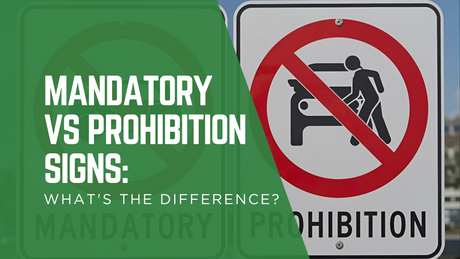In Australia, workplace safety is regulated by various governing bodies, including Safe Work Australia and state-specific occupational health and safety authorities. Safety showers play a critical role in emergency response systems, particularly in environments where hazardous substances are present. This article provides an overview of the Australian requirements for safety showers and their importance in maintaining a safe working environment.
Regulatory Framework
In Australia, the regulatory framework for workplace safety is primarily governed by Safe Work Australia, which develops and maintains the Model Work Health and Safety (WHS) Regulations. These regulations serve as a guideline for states and territories to adopt and implement their own safety standards. Additionally, each state or territory may have specific occupational health and safety authorities responsible for enforcing workplace safety requirements.
Accessibility and Placement
Australian requirements emphasize the accessibility and proper placement of safety showers. They should be conveniently located within a reasonable distance from areas where hazardous substances are handled or stored. The distance should allow employees to reach the safety shower within 10 seconds, which is roughly equivalent to a 20-meter walk.
Activation and Water Flow
Safety showers in Australia must provide a continuous flow of water for at least 15 minutes. The water temperature should be tepid, between 20-35°C, to prevent further harm to affected individuals. Quick and easy activation mechanisms, such as a pull handle or push lever, are typically required to ensure prompt initiation of the water flow.
Design and Installation:
The design and installation of safety showers in Australia are subject to specific requirements. Showerheads should be positioned at a suitable height, typically between 210-240 centimeters, to ensure adequate coverage of the entire body. The shower area should be free from obstructions or barriers that may impede the water flow. It is crucial to follow manufacturer guidelines and consult relevant Australian Standards, such as AS 4775-2007, for detailed specifications on design and installation.
Training and Maintenance:
To comply with Australian requirements, employers must provide adequate training to employees on the proper use
and location of safety showers. This training should include instructions on emergency response procedures and the decontamination process. Regular maintenance and testing of safety showers are essential to ensure their functionality. Employers are responsible for establishing maintenance schedules, conducting inspections, and promptly addressing any repairs or issues identified.
Documentation and Compliance:
Maintaining proper documentation is vital to demonstrate compliance with Australian requirements. This includes records of safety shower locations, maintenance activities, testing results, and employee training. Keeping up-to-date documentation ensures transparency and facilitates ongoing compliance with relevant regulations.
Adhering to Australian requirements for safety showers is crucial for promoting workplace safety, particularly in areas with hazardous substances. By ensuring accessibility, proper activation, suitable design, installation, and conducting regular training and maintenance, employers can create a safer work environment and effectively respond to emergency situations.




